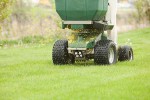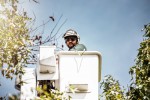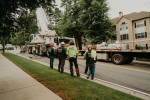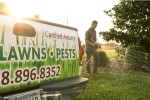Pest Alert: Crape Myrtle Bark Scale
The crape myrtle bark scale is an invasive insect that poses a threat to crape myrtle trees. These critters were discovered in Texas, United States, and have spread to multiple states, causing extensive damage and invasive tree removal projects. At the Sesmas Tree Service, we leverage extensive knowledge and expertise to detect the signs of infestation and recommend effective solutions to protect these beautiful plants. Let’s delve into vital aspects of crape myrtle bark scale to help you make informed decisions.
Identifying Crape Myrtle Bark Scale
Crape myrtle bark scale (CMBS) is a small, white-grayish insect that appears on the bark of crape myrtle trees. This pest forms clusters on the bark, twigs, and branches, where it feeds on the sap. You can detect CMBS by its color or a black sooty mold buildup, which is a byproduct of the sugary waste. As a reputable tree care company, we can diagnose and address the problem quickly, preventing weakness, aesthetic issues, and premature tree removal in Buford, GA.
Signs of Infestation
One noticeable sign of a CMBS infestation is a black, sooty mold on the bark and leaves. This mold grows on the honeydew secreted by the insects as they feed on the sap. While the sooty mold doesn’t cause harm directly, it can reduce photosynthesis by covering the leaves and limiting sunlight exposure. In addition, CMBS causes slow growth, wilting, reduced flowering, and ultimately tree removal. Arborists also check for clusters of white or gray scales along the bark, which is a primary sign of infestation.
Lifecycle and Spread of Crape Myrtle Bark Scale
The crape myrtle bark scale reproduces quickly and can spread easily from tree to tree. This pest has several life stages, from eggs to crawlers to adults. Crawlers are mobile young scales that move around and attach to new areas of the tree, spreading to neighboring plants. These pests spread through direct contact or contaminated tools and equipment. Also, wind, animals, and human activity can spread these critters to healthy trees. Regular inspections and maintenance by a qualified tree service provider ensures early detection and intervention before things worsen.
Managing Crape Myrtle Bark Scale
Managing CMBS infestations requires a physical and chemical control methods, hence the need to work with a trustworthy tree care company. DIYers often prune heavily infested branches to limit the scale population. In addition, professionals can recommend horticultural oils and systemic insecticides during the crawler stage. If you are considering a DIY approach, apply chemical treatments carefully with the help of a professional tree service provider.
Preventing Future Infestations
Preventing infestations is essential for maintaining healthy crape myrtle trees. Regular monitoring is one of the best strategies, as it enables early detection and quick action if any signs of CMBS appear. You should also avoid over-fertilizing crape myrtles, as lush, excessive growth can attract pests. Maintaining proper pruning practices and sanitizing gardening tools between uses can further reduce the chances of spreading CMBS. If CMBS is common in your area, choose pest-resistant varieties of crape myrtle to reduce the risk of infestation.
The crape myrtle bark scale is a persistent and harmful pest that poses a significant risk to crape myrtle trees. Contact us at the Sesmas Tree Service and schedule a consultation with our arborists. We leverage extensive expertise to recognize the signs of infestation, understand its lifecycle, and implement effective management and prevention methods. Invest today in proactive care and early intervention to maintain health and beauty plants.


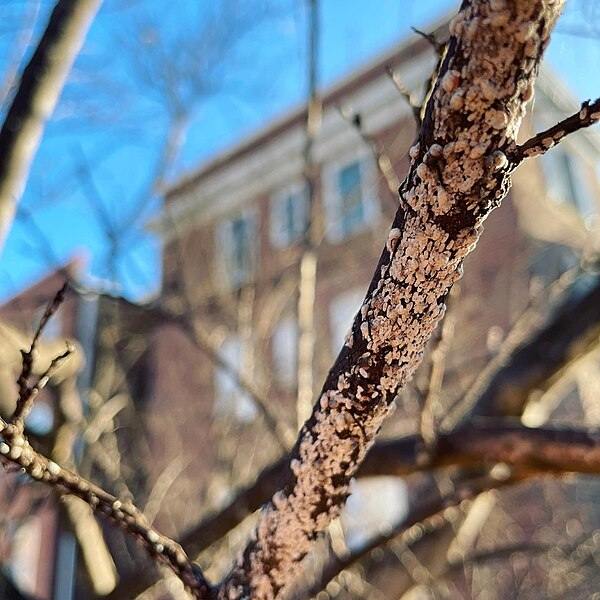
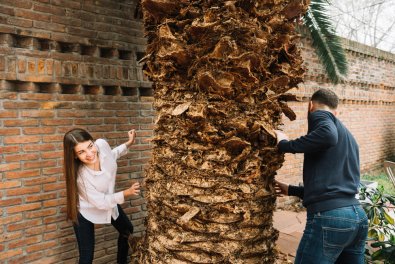

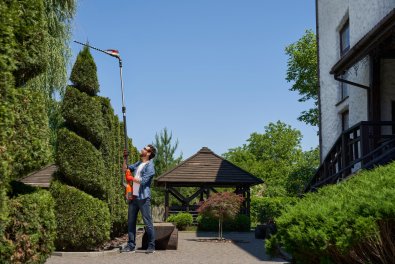
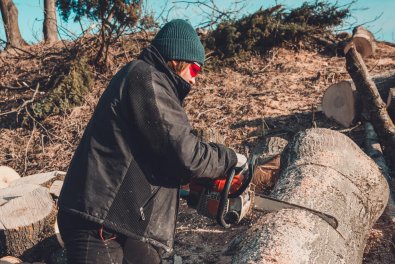
.jpg)
